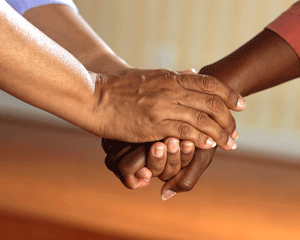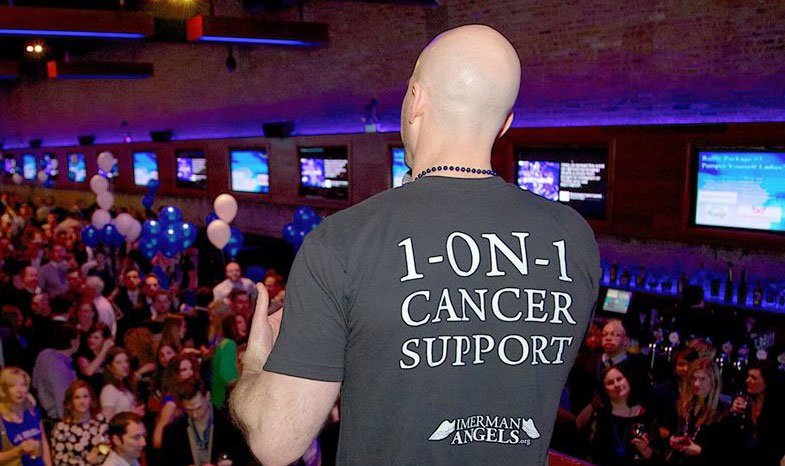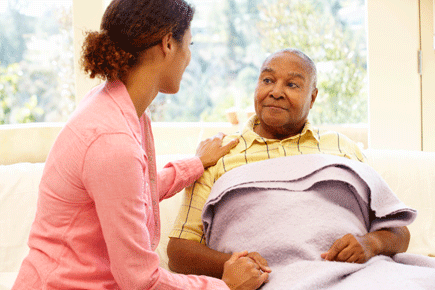Imerman Angels
Get one-on-one caregiving support from a “Mentor Angel” who has been in your shoes, or sign up to mentor others who need support.
 Caring for a cancer patient comes with a lot of responsibilities, some you may not be prepared for. Remember that being a caregiver is a team effort between family members, friends, volunteers, and the health care team. Here at Henry Ford Cancer, we have resources to help you tackle the biggest challenges caregivers experience in an educated way. These include communicating with your loved one’s medical team, dealing with legal and financial issues and handling medical issues you may encounter.
Caring for a cancer patient comes with a lot of responsibilities, some you may not be prepared for. Remember that being a caregiver is a team effort between family members, friends, volunteers, and the health care team. Here at Henry Ford Cancer, we have resources to help you tackle the biggest challenges caregivers experience in an educated way. These include communicating with your loved one’s medical team, dealing with legal and financial issues and handling medical issues you may encounter.
It's good for a caregiver to accompany their loved one to doctor's appointments and treatments. Because of age, emotions about the cancer diagnosis, or side effects from treatment, a patient may need assistance communicating with the care team. Here are a few tips for being efficient as a caregiver at your loved one's appointments:

Get one-on-one caregiving support from a “Mentor Angel” who has been in your shoes, or sign up to mentor others who need support.
Being a cancer caregiver is a demanding and rewarding role. Make sure you are taking care of yourself to avoid caregiver burnout.

People with cancer are spending more time at home during treatment than ever before. That means caregivers are now responsible for managing side effects that were previously be taken care of by trained healthcare professionals.
The American Cancer Society has created an educational video series especially to help caregivers as they assist with the everyday needs of cancer patients and provide self-care techniques to improve their quality of life. Videos include:
You can also visit the National Cancer institute website for more resources about helping to manage cancer treatment side effects as a caregiver.
Being a caregiver can be absorbing and stressful, making it easy to ignore your own personal needs to focus on the person with cancer. However, taking care of your physical and spiritual needs can make you a better caregiver. Beware of caregiver burnout, and remember to do the following:
One way to stay in touch with concerned people and rally the help of friends and family is through a Caring Bridge page. It is a centralized, private webpage where you or your loved one can post health updates and get support. Family and friends can leave messages offering words of encouragement and stories, memories, photos and videos. These uplifting messages of love and hope can give strength to the patient and caregiver. Caring Bridge is also available as an app for your phone or tablet, enabling you to update from anywhere.

Caregivers have a lot of information they need to keep track of. It's helpful to keep all information in a single notebook or folder. Another option is using a phone or tablet app to keep track of all this information.
We use cookies to improve your website experience. By using this site, you agree to our Terms of Use. Read our Internet Privacy Statement to learn what information we collect and how we use it.